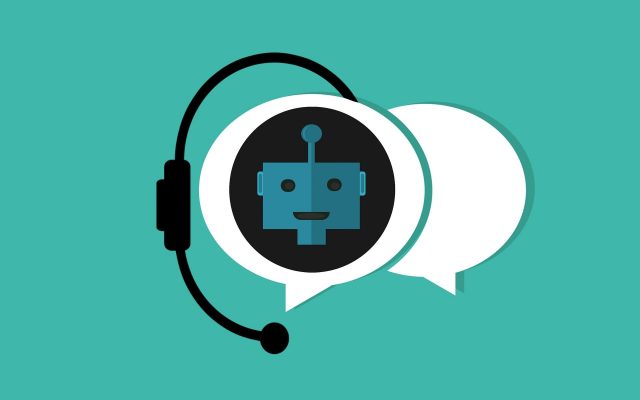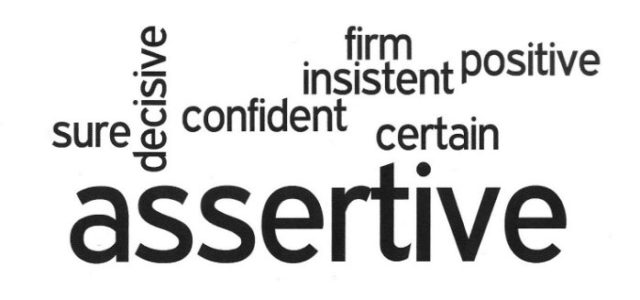Marketing scientist Kevin Gray asks Dr. Anna Farzindar of the University of Southern California about chatbots and the ways they are used.
What are chatbots? Is there a formal definition you prefer?
Conversational or dialog agents are designed to communicate with us in human language. These software agents are deployed everywhere around us; when talking to your car, communicating with robots, or using your personal assistant on any device or smartphone, such as Alexa, Cortona, SIRI or Google Assistant.
The term “chatbot” is often used in industry for conversational agents that can be integrated through any online messaging application.
Chatbots can be applied as virtual assistants to perform some specific tasks using online chat. Customers can be served with an automated system based on questions and responses.
For example, a chatbot for travel can assist with booking a flight, upgrading a deal, making a hotel reservation, and processing payment information. These systems use natural language processing (NLP) to match user text or voice input to perform the tasks or continue the conversation when additional information is needed. The format of communication is usually an extended casual conversation.
Could you give us a brief history of how they came about?
The first chatbots were originally designed as testbeds for clinical therapy in mental health. ELIZA (1966) was a chatbot for psychological counseling, followed by PARRY systems (1971) which were used to study schizophrenia.
These chatbots carry on extended conversations with the goal of mimicking the characteristic of human-human interaction.
With recent advancements in Natural Language Processing (NLP) and Artificial Intelligence (AI), the language understanding capabilities of these bots has improved dramatically.
Of course, machines don’t really understand and can only mirror training data, but chatbots can achieve an acceptable level of performance in goal-based applications.
What is their current state-of-the-art? What sorts of things are they especially useful for and, conversely, in what ways are they still a work-in-progress?
There are two different ways that chatbots can be programmed: rule-based systems and corpus-based systems. Rule-based systems like ELIZA and PARRY systems follow pattern-action rules like regular expressions.
Corpus-based systems search a large dataset of conversations to find the relevant responses from a previous dialogue. The training datasets could be a Twitter corpus, movie dialogs, or past conversation between customers and customer service. Microsoft Tay and Microsoft XiaoIce are examples of this type of chatbot.
More advanced models use neural network techniques to teach machines how to map a user inquiry to a system response.
Sequence to sequence, chatbots use the encoder-decoder (seq2seq) model with the ability of response generation to produce a predictable reply.
The most advanced chatbots can even remember past interactions to model the prior context of the conversation. These systems use a hierarchical model that summarizes information over multiple prior interactions.
Additionally, they continuously generate responses that cohere across multiple interactions, and optimize user experience by using reinforcement learning.
Also, applying contextualized word embeddings can improve open-domain dialogue systems by allowing applications to work with words that have not been seen in their training corpus.
Word embedding is a technique where particular words of a domain are represented as vectors in their context and considers their semantic relationships. If a model is trained to recognize vectors for “car”, “van”, “jeep”, “automobile,” the chatbot will understand the word “truck” due to the similarity of the vectors.
Modern systems are combining chatbots with frame-based (task-based) dialogue agents. These models use “domain ontology” as a knowledge structure representing user intentions. For example, food ontology for diet task or event ontology for meeting task.
What are the key challenges they face from a technical perspective? How might they be affected by GDPR and similar legislation?
According to the General Data Protection Regulation (GDPR), use of personal data, including any information that relates to an identified or identifiable individual, must be restricted.
It advises storing all personal data in encrypted form and separated from other data. Also, users should be able to have all their personal data forgotten in a conversation with chatbot.
Users’ privacy should be integrated in conception and design of chatbots. For example, asking the user’s permission and explaining what the chatbot is doing, like accessing the user’s calendar.
How can laypersons tell if a chatbot-based product works as advertised? What are some things to look for?
The evaluation of chatbots is challenging. Several automated evaluation metrics are used to measure the performance of chatbots. The well-known metric is n-gram based, such as adapted BLEU score, where BLEU was originally designed for evaluating machine translation.
This method measures overlap and correlation between chatbot responses and reference responses. But these reference-based metrics are limited because there could be several valid responses for a given context that can’t be matched to reference responses.
Some recent work has proposed a combination of learning-based metrics, which predict relatedness between a generated response and a given query, and reference-based metrics. These methods showed a higher correlation between chatbot responses and human judgments.
Thinking about the future, where are chatbots heading?
Chatbots will become more and more intelligent by using advanced NLP techniques and, additionally, through conversing with the user. Industry adopts chatbots when they can significantly reduce costs and save time interacting with customers and in customer support.
A couple of years ago, we worked on a chatbot in healthcare to help patients with chronic diseases such as back pain. The chatbot can act as a pain management assistant for the user.
Users can ask health related questions and provide their symptoms to learn about sickness and potential treatments. In addition, a virtual personal assistant can help support recovery and self-care, for example, by reminding the user that it’s time for stretching if they were working on their computer, or with a medication reminder.
In the time of a pandemic like the coronavirus, when we are dealing with a shortage of healthcare providers and doctors, chatbots could ease the job of medical professionals. Chatbots may help with medication management, assist in emergency situations and with medical triage. They could also suggest treatments for simple medical problems.
Thank you, Anna!
Article by channel:
Everything you need to know about Digital Transformation
The best articles, news and events direct to your inbox









